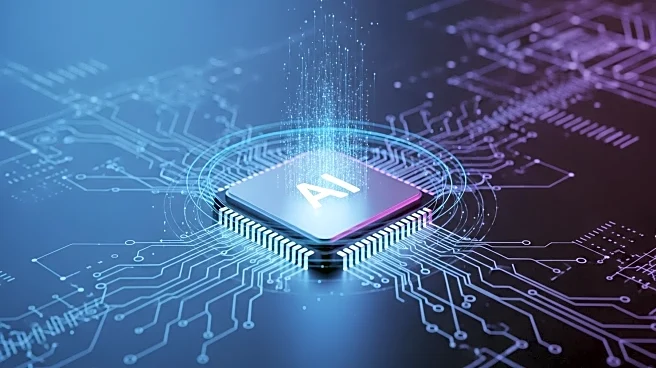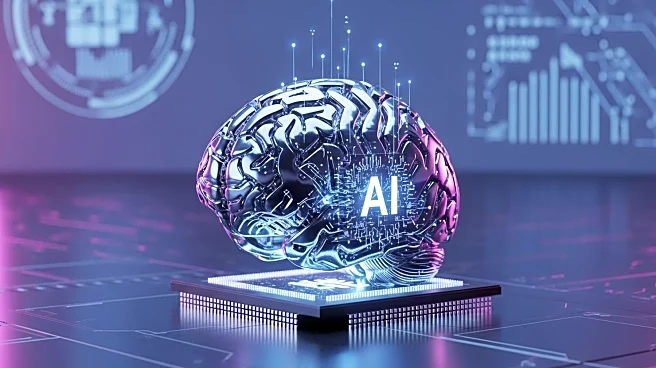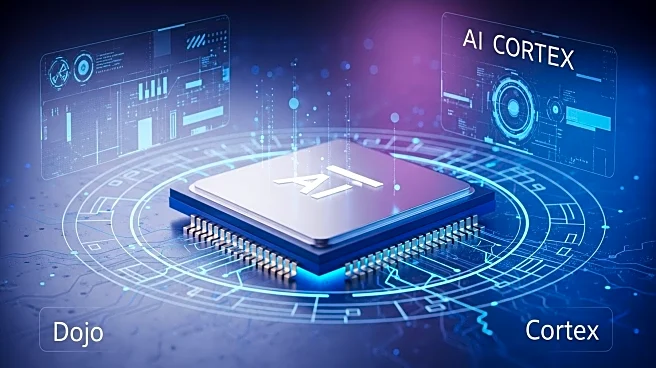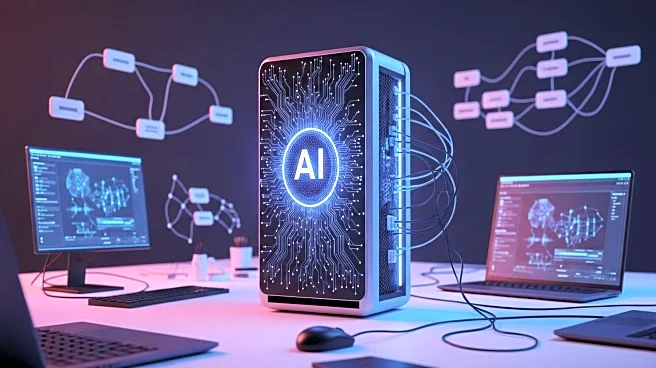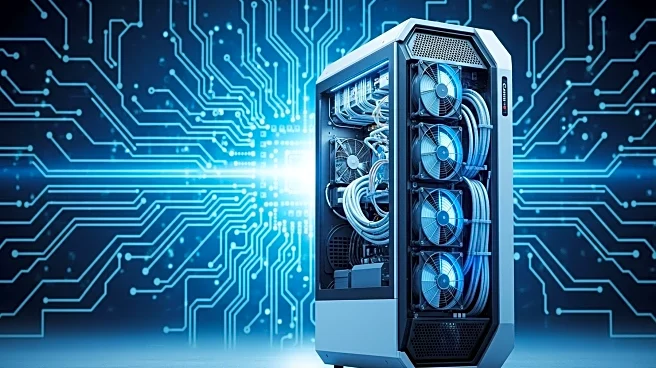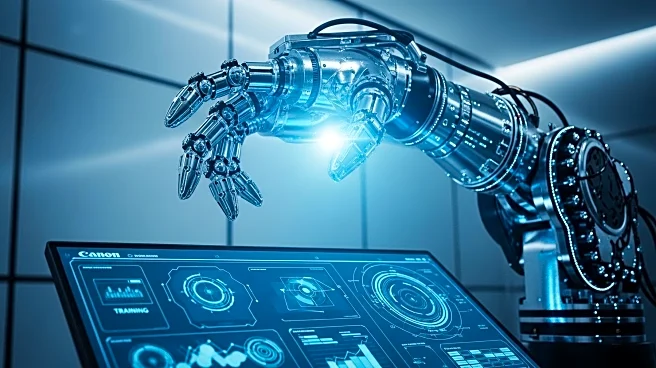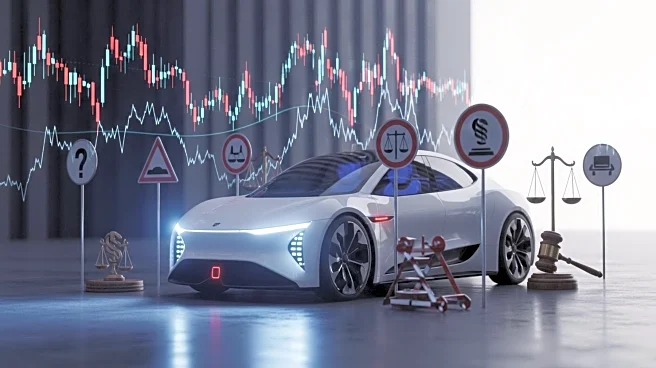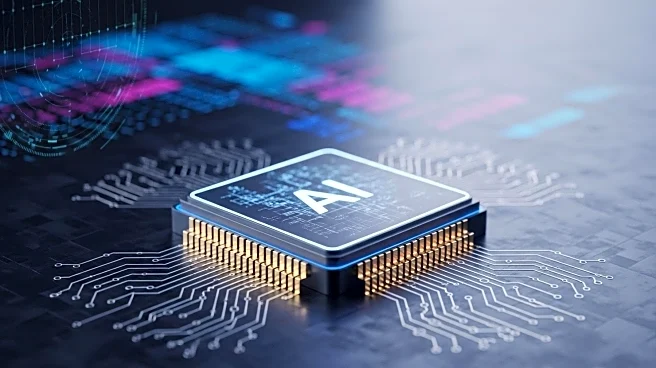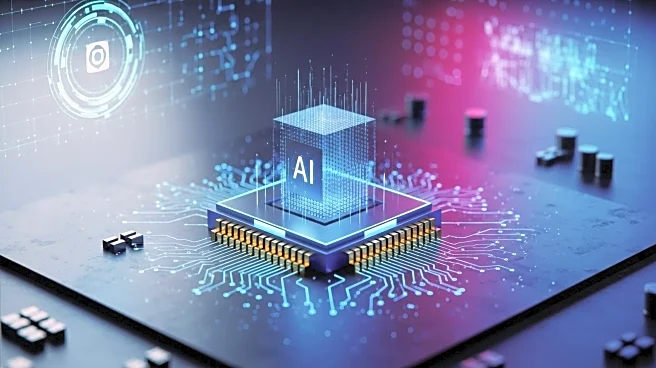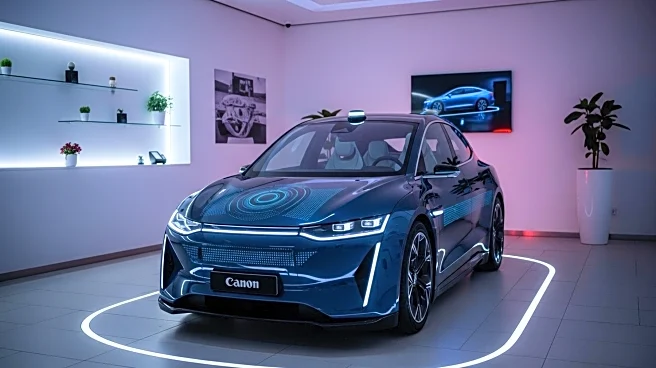What's Happening?
Tesla, led by Elon Musk, has transitioned from its Dojo supercomputer project to a new AI training supercluster named Cortex. Initially, Dojo was intended to revolutionize AI training for Tesla's Full Self-Driving (FSD) capabilities using custom D1 chips. However, the project faced challenges and was overshadowed by Cortex, which is now operational at Tesla's Austin headquarters. Cortex utilizes approximately 50,000 Nvidia GPUs to support the latest version of FSD, offering improved safety and performance. This strategic shift aligns with Tesla's broader AI objectives, including the development of the AI6 chip in collaboration with Samsung, aimed at advancing FSD and Tesla's Optimus humanoid robots.
Why It's Important?
Tesla's transition to Cortex represents a significant strategic pivot in its AI development efforts. By consolidating its AI initiatives, Tesla aims to enhance the performance and safety of its FSD technology, which is crucial for the company's autonomous vehicle ambitions. The use of Nvidia GPUs in Cortex highlights the importance of high-performance computing in processing vast amounts of video training data. This development is expected to strengthen Tesla's position in the competitive AI and autonomous driving markets, potentially influencing industry standards and consumer expectations.
What's Next?
With Cortex now operational, Tesla is likely to focus on further improving its FSD capabilities and expanding its AI applications. The collaboration with Samsung on the AI6 chip suggests ongoing advancements in AI technology, which could lead to new features and enhancements in Tesla's vehicles and Optimus robots. As Tesla continues to innovate, the company may face regulatory scrutiny and competition from other automakers, impacting its market strategy and product offerings.
Beyond the Headlines
Tesla's shift from Dojo to Cortex reflects broader trends in AI development, where companies are increasingly leveraging high-performance computing and strategic partnerships to advance their technologies. This transition underscores the challenges and opportunities in AI innovation, particularly in the automotive sector, where safety and reliability are paramount. The focus on AI-driven solutions also highlights the growing importance of data processing and machine learning in shaping the future of transportation.
